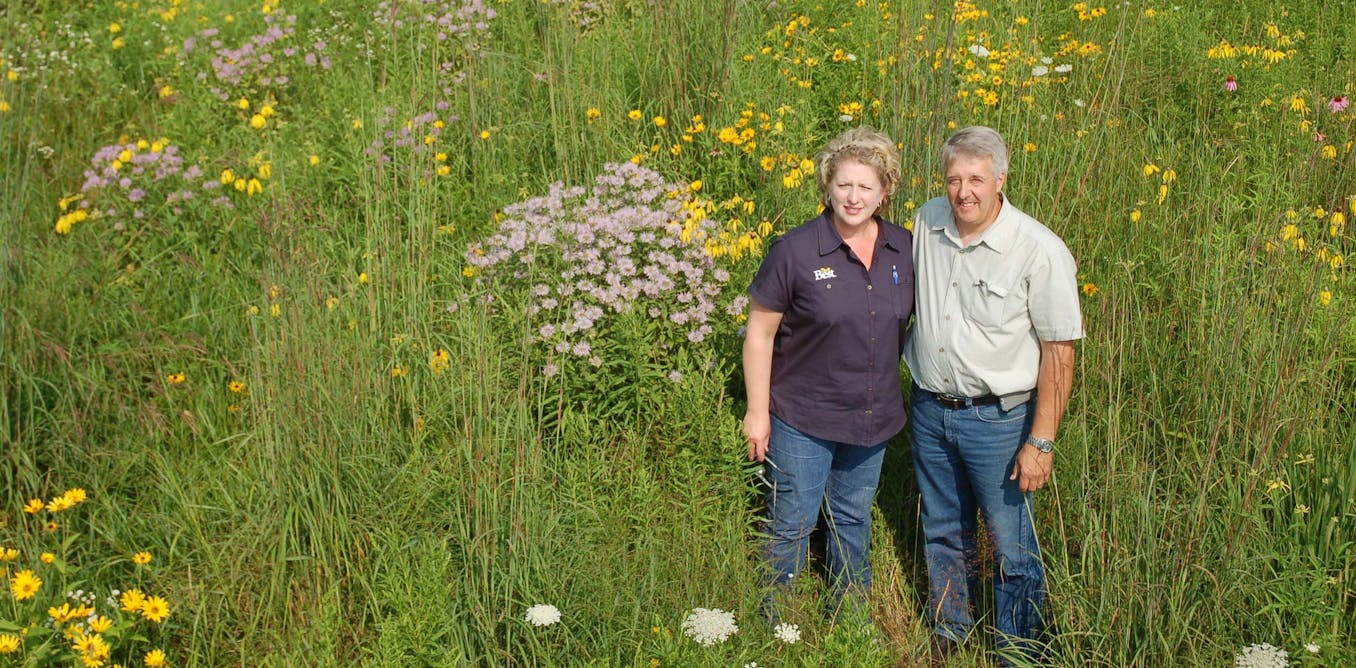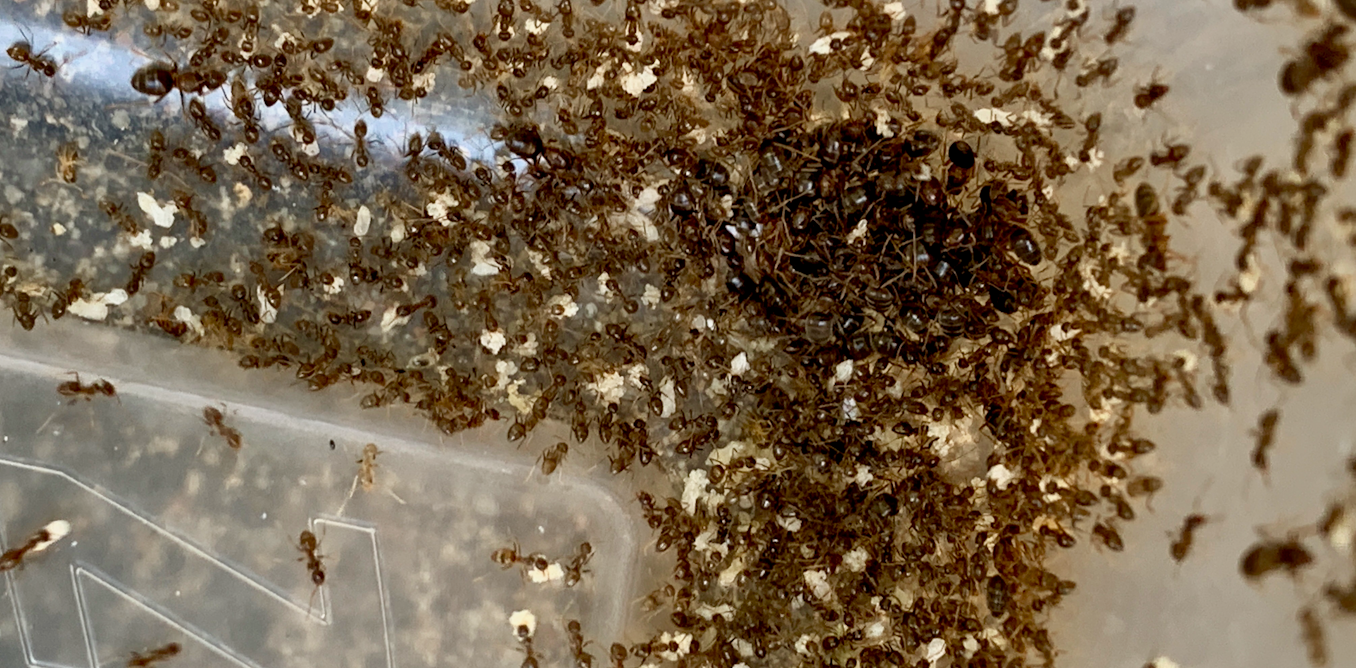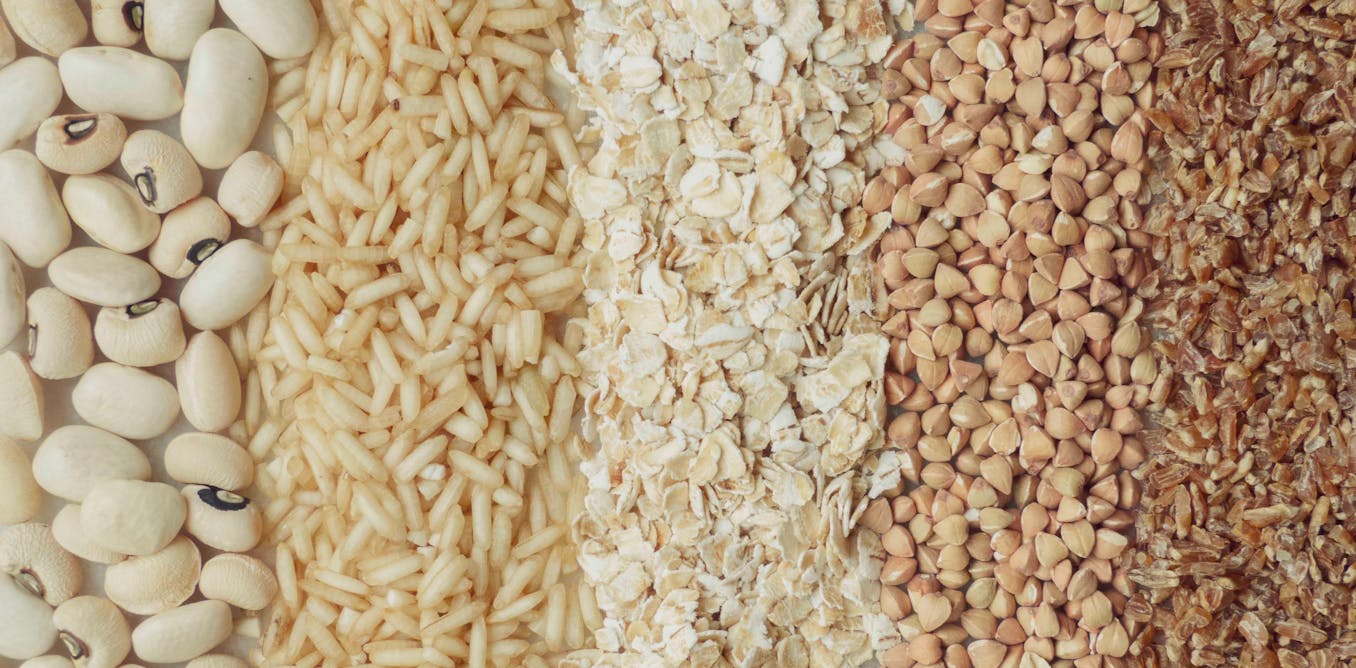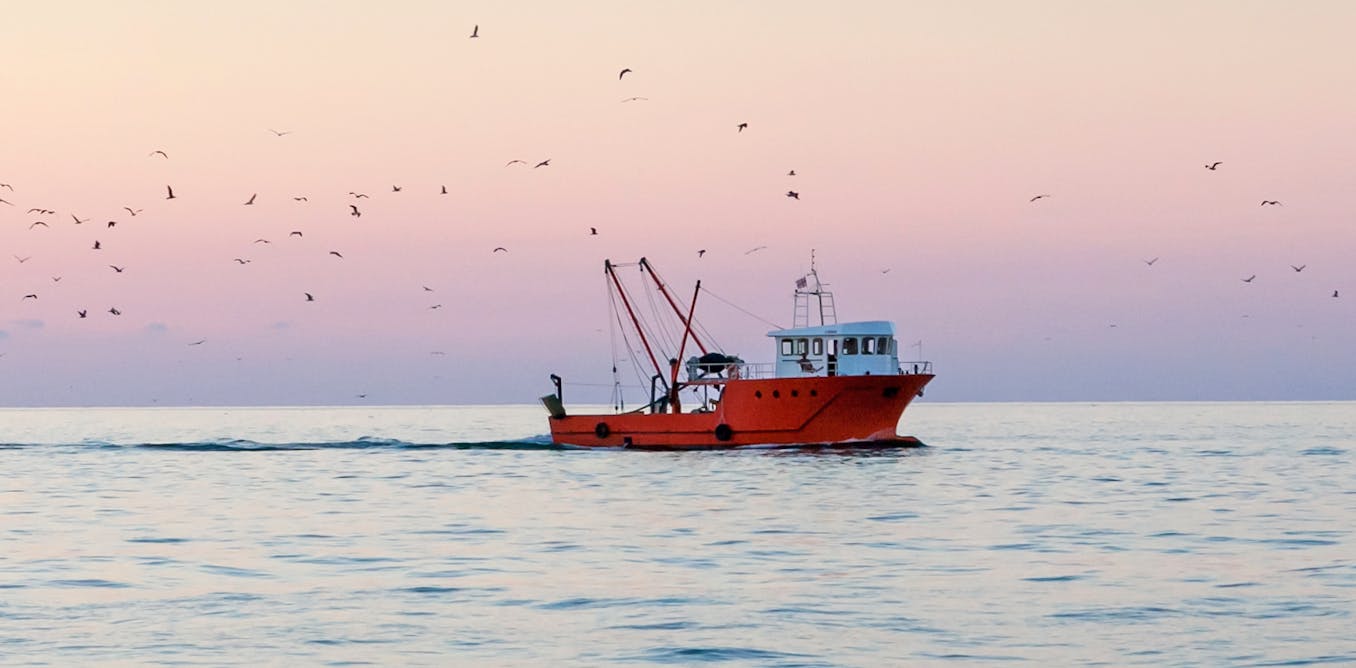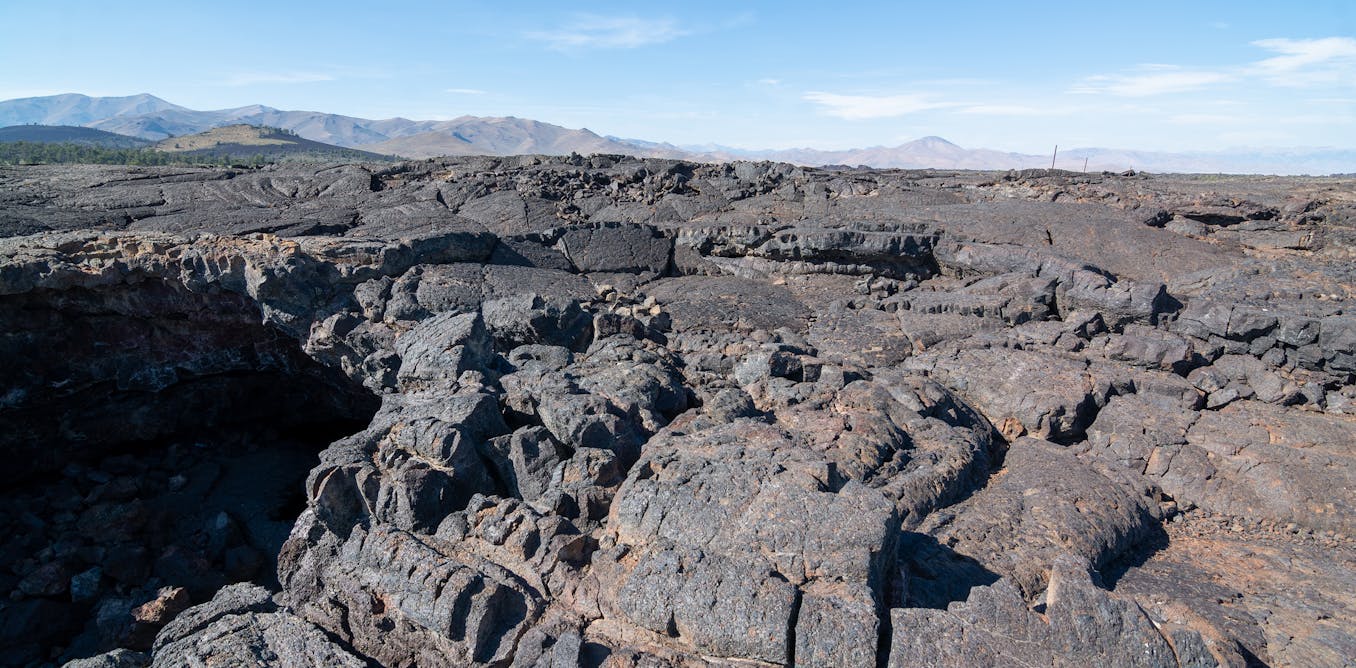As extreme wildfires transform Alaska's boreal forest, more aspen and birch are coming in – that can slow fires and their climate impact
A new study finds deciduous trees are increasingly dominant after severe fires in the region, and that has some unexpected impacts.
April 15, 2021 • ~8 min




